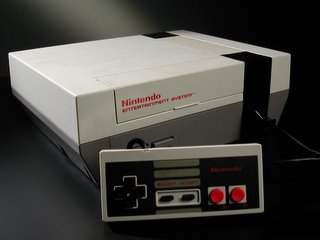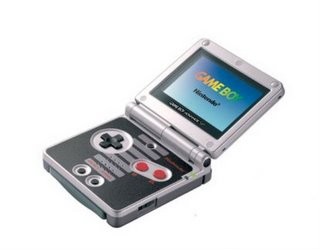The Nintendo Entertainment System
 The year: 1983. The system: The Nintendo Entertainment System or NES for short. It is the system that brought many of us back to playing video games. For many others, it was their first real step into the world of power-ups, warps and high scores.
The year: 1983. The system: The Nintendo Entertainment System or NES for short. It is the system that brought many of us back to playing video games. For many others, it was their first real step into the world of power-ups, warps and high scores.A little bit of history: The System, an 8-bit video game console, was released in 1983 by Nintendo in North America, Brazil, Europe, Asia, and Australia. Its Japanese equivalent was known as the Nintendo Family Computer, or Famicom.
The most successful gaming console of its time; Nintendo claims to have sold over 60 million NES units worldwide. The NES helped revitalize the video game industry following the video game crash of 1983, and set the standard for subsequent consoles in everything from game design (the first modern platform game, Super Mario Bros., was the system's first "killer app") to business practices.
Our hope with Memories of Video Play is to gather some of your experiences playing the video game system taht is highlighted. How old were you when you first played? What games did you play? Did this system set the bar for future in relation to video game play? Was this the last video game system you played? If so - why? We thank you in advance for sharing your comments.

